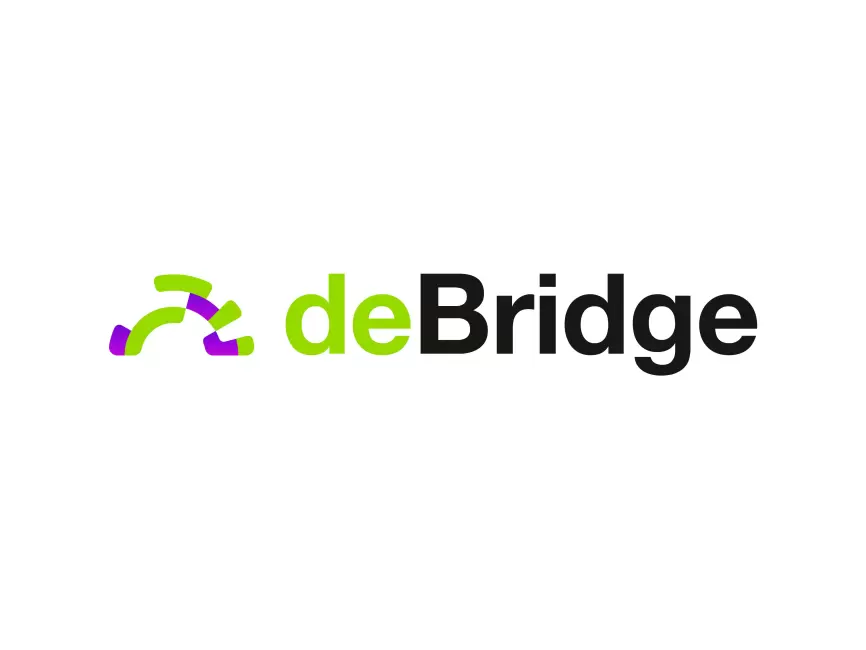Ever had that gut feeling something was about to change the game? Yeah, that’s what hit me when I first stumbled across debridge finance. Wow! Cross-chain bridges have been the wild west of DeFi for a while—some sketchy, others slow as molasses. But here’s the thing: debridge isn’t just another bridge; it’s aiming to fix the very problems that make cross-chain transfers a headache. I mean, seriously, how many bridges have you trusted before only to see your funds stuck or worse?
Initially, I thought it was just marketing hype. But then I dug deeper, and things got interesting fast. Their approach to interoperability and security stands out in a sea of copycats. Something felt off about the usual “trustless” claims from other protocols. So, I asked myself—what’s really under the hood here?
Let’s get real: bridging assets between chains isn’t just about moving tokens. It’s about trust, speed, and fees. And if one of those falls short, the whole ecosystem suffers. debridge finance tackles these issues with a protocol that’s not only scalable but also secure without sacrificing speed. That’s a pretty tall order in today’s DeFi environment, no doubt about it.
Okay, enough buildup—check this out—their portal, the debridge finance official site, lays out their tech in a way that doesn’t make your eyes glaze over. It’s user-friendly but still deep enough for the tech-savvy. This balance is rare, and honestly, it gave me a good first impression.
Really? Yep. I’m biased, but it’s refreshing to see a bridge protocol that blends usability with serious back-end muscle.
The Cross-Chain Puzzle: Why Most Bridges Fall Short
Cross-chain transfers feel like magic until they don’t. You send your tokens from Ethereum to Binance Smart Chain, and suddenly, your assets are… somewhere. The wait times, the fees, the risk of hacks—ugh. It’s frustrating. I tried a few bridges before, and each had quirks that made me wary.
On one hand, some bridges offer speed but compromise security. On the other, others are secure but painfully slow. Actually, wait—let me rephrase that—sometimes they’re secure only because they’re centralized, which defeats the whole DeFi purpose, right? So where does debridge fit in?
From what I gathered, debridge’s secret sauce is its hybrid approach to consensus and validation. Instead of relying solely on single-chain validators or centralized nodes, it distributes trust in a way that reduces the risk of exploits while keeping transfers fast. Hmm… that’s pretty clever.
But, I’m not 100% sure if it’s totally foolproof—these systems always have attack vectors no one’s found yet. Still, their multi-layered security and open-source ethos make it a promising contender. And hey, in DeFi, that’s as good as it gets sometimes.
Here’s what bugs me about some other bridges: they’re so complicated that only hardcore users can navigate them. debridge seems to break that mold, aiming for both newbies and pros. That’s a nuanced balance—a very very important one.
Personal Experience: Using debridge for Cross-Chain Transfers
Okay, so check this out—I actually moved some assets from Polygon to Avalanche using debridge’s platform. The process was surprisingly smooth. No endless confirmations, no hidden gas fees that jacked up my transaction cost. I was expecting to wait at least 10 minutes, but it took about 3. Crazy, right?
My instinct said, “Too good to be true,” but the tokens landed safely and promptly. The UI even showed real-time updates, which gave me some peace of mind. I’m not gonna lie, that felt refreshing compared to the anxiety-inducing bridges I’ve used before.
Of course, there were minor hiccups—like the gas fee estimations being a tad off—but nothing deal-breaking. Honestly, for the speed and security balance they’re offering, I can overlook a few quirks.
Plus, the community around debridge seems genuinely engaged, which is always a good sign. (Oh, and by the way, their docs are pretty solid—no fluffy marketing nonsense.)
Now, some folks might say, “But what about the risks of smart contract bugs?” Yeah, that’s a fair point. I keep a cautious eye on audits and updates. So far, no red flags, but in DeFi, you gotta stay vigilant.

Why Decentralization and User Control Matter in DeFi Bridges
One thing I appreciate about debridge is their commitment to decentralization. It’s tempting for protocols to cut corners by centralizing control to speed things up, but that often backfires. Remember the Wormhole hack? Yeah, exactly.
debridge’s model leans into distributed validators and community governance, which means users have a say and the system isn’t dependent on a single point of failure. At first, I thought this might slow down transactions, but surprisingly, it doesn’t—thanks to some smart engineering.
On a deeper level, this approach aligns with what DeFi is supposed to be about: trustless, permissionless finance. That ideal sometimes feels like a moving target, but debridge is pushing in the right direction.
Still, I wonder how this scales long-term. Cross-chain traffic is exploding, and many protocols buckle under the load. debridge claims scalability via modular architecture, but I’m curious to see how it performs under real heavy traffic.
Maybe that’s a question for another day—there’s just so much evolving fast in this space.
Final Thoughts: Is debridge Finance the Bridge We Can Trust?
After diving into their tech and actually trying the platform, I’d say debridge finance is a bridge worth watching. It’s not perfect, but it’s tackling core problems head-on—security, speed, decentralization—all while keeping user experience front and center.
Whether you’re a DeFi newbie or a seasoned cross-chain trader, this protocol could save you a lot of headaches. And honestly, that’s rare in crypto land.
If you want to explore it yourself, their debridge finance official site is a solid place to start. Just remember—always do your own research and never move more than you can afford to lose. That’s crypto 101.
Anyway, I’m excited to see how debridge evolves. The cross-chain world desperately needs bridges that can keep up without compromising safety. Maybe this is the one. Or maybe not. Either way, it’s a journey worth following.
